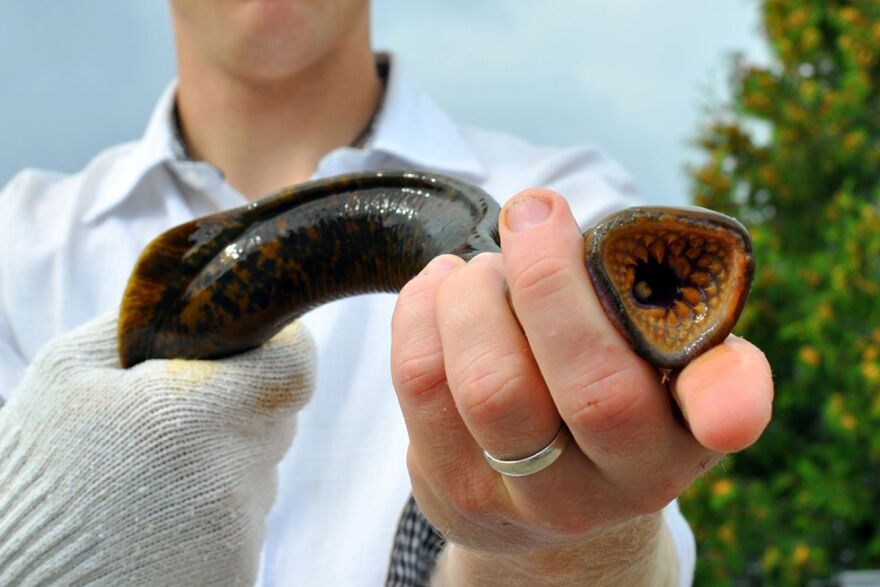The Great Lakes are renowned for both its commercial and sport fishing industries.
Long before that, the gifts of the inland seas provided both sustenance and economic trading power to the Indigenous peoples who lived in the region. But, there was a time, not long ago, where the fisheries of the Great Lakes were almost left for dead.
A new documentary, narrated by actor J.K. Simmons, explores the decades-long hunt to identify and subdue one of the biggest threats to Great Lakes fisheries: the sea lamprey.
The film, The Fish Thief: A Great Lakes Mystery, was commissioned to celebrate the 70th anniversary of the Great Lakes Fishery Commission, the agency tasked with controlling sea lamprey.
According to Mike Siefkes, director of sea lamprey control with the Great Lakes Fishery Commission, when the sea lamprey first arrived in the Great Lakes, it went relatively unnoticed.
"But, it was very clear that after it became established and it started showing up more and more in the Great Lakes, just how devastating this invasive parasite was to the fish stocks of the Great Lakes," Siefkes said.
While the Great Lakes do have native lampreys, which act more as parasites because they've co-evolved with the fish stocks, sea lampreys act more as predators. With oral disks armed with cartilaginous, hard teeth, sea lampreys attach to host fish. Then, they use their tongues, which also have teeth, to create a wound and suck blood and bodily fluids from fish.
"If the fish doesn't die directly from the wound, it's usually the subsequent or the impending infection that happens anyway after that wound," Siefkes said.
Lindsey Haskin, director of The Fish Thief, said the most interesting thing he learned was that sea lamprey look for the largest organism around to attach themselves to, which made them more of a threat in the Great Lakes.
"We have photographs of them being attached to whale tail flukes and things like that," Haskin said. "So, in the open ocean, they tend to be more like a parasite, almost like a mosquito would be on us. But, when they got into the Great Lakes, there weren't those large of organisms that that they could attach to."
According to Haskin, the story of the sea lamprey and the Great Lakes is one of human persistence. Initially, scientists focused on ways to stop the lampreys from coming into the lakes or their tributaries. When that didn't work, they turned to chemistry, trying to find something that was toxic only to sea lampreys. After some time, and lots of testing, scientists found just the chemical, TFM.
"Interestingly enough, no one's been sick from from applying the chemical," Haskin said. "You know, it's an astounding story of how little impact this has had beyond sea lamprey."
Hear the full conversation with Mike Siefkes and Lindsey Haskin on the Stateside podcast.
[Get Stateside on your phone: subscribe on Apple Podcasts, Spotify, YouTube, or YouTube Music today.]
GUESTS ON TODAY’S SHOW:
- Lindsey Haskin, director of The Fish Thief: A Great Lakes Mystery
- Mike Siefkes, director of sea lamprey control with the Great Lakes Fishery Commission









